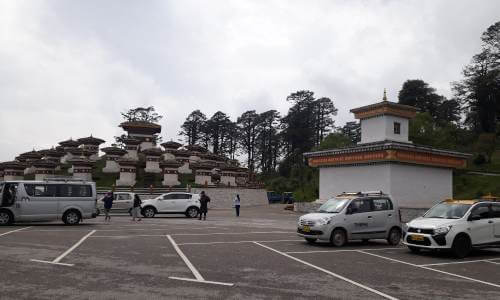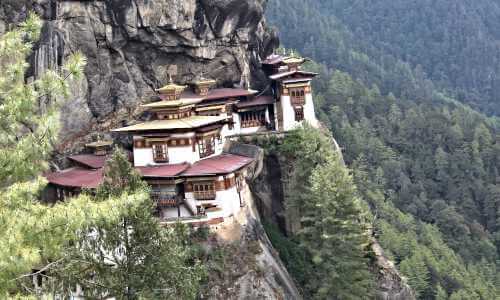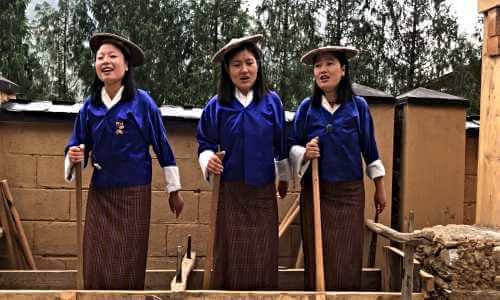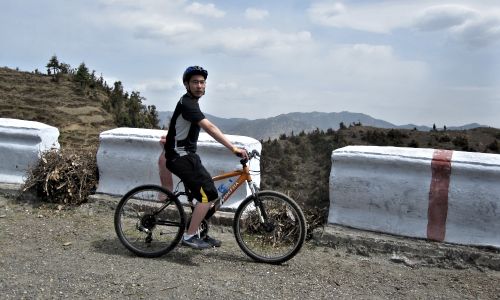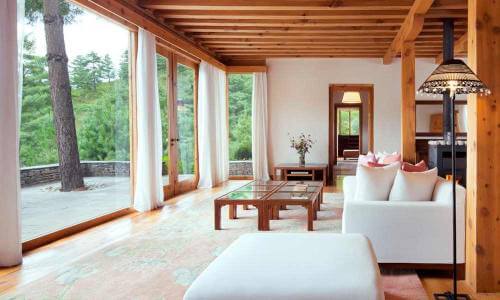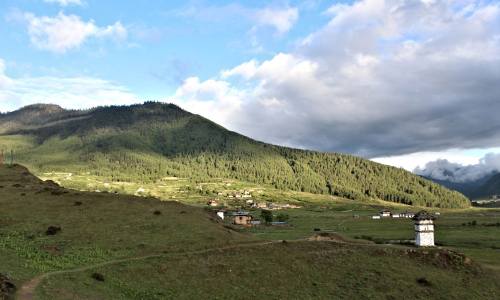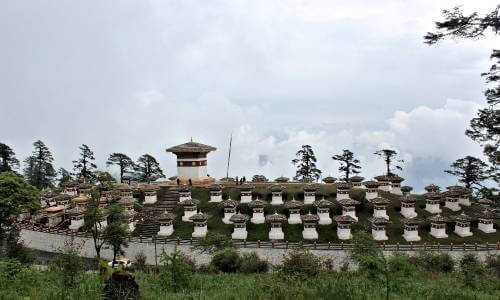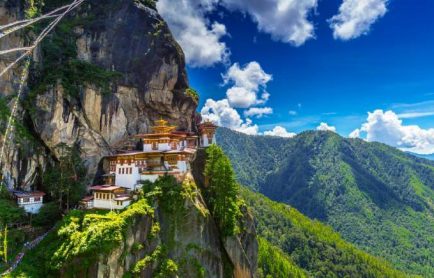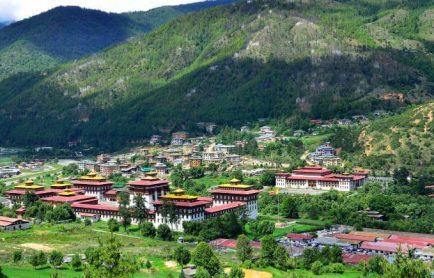People of Bhutan
Cut off from the rest of the world for much of its history, the idyllic Himalayan kingdom of Bhutan is a land possessing a rich cultural identity, diverse ethnic groups, progressive women rights and exquisite Tibetan influenced arts and handicrafts.
Classification of the People of Bhutan
The people of Bhutan are generally classified into three main ethnic groups, the Tshanglas, Lhotshampas and Ngalops.
- Tshanglas: The Tshanglas were the aboriginal inhabitants of Eastern Bhutan and are considered to be the descendants of Lord Brahma. The Tshangla women are famous for their exquisitely designed silk fabrics.
- Lhotshampas: The Lhotshampas are mainly employed in agriculture and their predominant religion in Hinduism. They are mostly found in the southern foothills of the country.
- Ngalops: The Ngalops are of Tibetan origin and they have settled mostly in the western part of the country. An agricultural people, they are famous for their unique dance form of Zheys and Lozeys or ornamental speech.
Other Communities in Bhutan
The other minority communities in the multi-ethnic Bhutanese society are the Bumthaps and the Khengpas of Central Bhutan, the Sakteng, Bramis and Brokpas of eastern Bhutan, the Monpas of Wangdue Phodrang and the Doyas of Samtse.
Gender Equality and Women Empowerment in Bhutan
Boasting a utopian society free of class and caste hierarchies, this ‘Land of Thunder Dragon’ is renowned for its gender equality with strong emphasis put on women empowerment. Bhutan is one of the few countries in the world to encourage child birth irrespective of its sex and the women here are involved in a wide array of professions from doctors and engineers to farmers and entrepreneurs. Any institutionalized form of discrimination against women –political, social, economic and legal is strictly prohibited by the law.
The National Women’s Association of Bhutan (NWAB), established in 1981, encouraged an equal participation of men and women at all decision-making processes in the Bhutanese society. According to recent statistics, the rate of women involvement in the grass roots community level of the society lies at a whopping 70%. Around 46% percent girls here are enrolled in the primary level of education, making Bhutan as one of the flag bearers of women empowerment. Bhutan is also one of the few countries in Asia to run aggressive nationwide campaigns on motherhood, women’s reproductive health and the prevention of STDs. Due to its matriarchal society, the women in Bhutan control most of the lands, buildings and business licenses.
Code of Etiquettes aka Driglam Namzha
Bhutanese society adheres to a strict code of etiquette known as the, Driglam Namzha. It is taught to the people here since childhood to instill in them the values of respect towards elders, honour and virtue. One of the many things that make people want to come back to this pristine abode is the openness and warm hospitality of the people here. A peaceful and fun loving society, the Bhutanese people charm tourists with their grand carnivals, religious holidays, celebratory weddings and extravagant dance performances.
Religion in Bhutan
Vajrayana Buddhism is the predominant religion here. A vibrant religion heavily influenced by the neighbouring region of Tibet; the Vajrayana Buddhism aims to develop every facet of the Bhutanese life with its sacred teachings. Although a primarily Buddhist country, you can still come across people practicing various animistic traditions and rituals such as the worship of nature and other deities. Religious institutions form an integral part of the Bhutanese society with the monks and lamas playing an important role in the daily lives of people. From naming their kids and performing religious ceremonies to organizing scholarships, the lamas hold an important position in the Bhutanese society.
